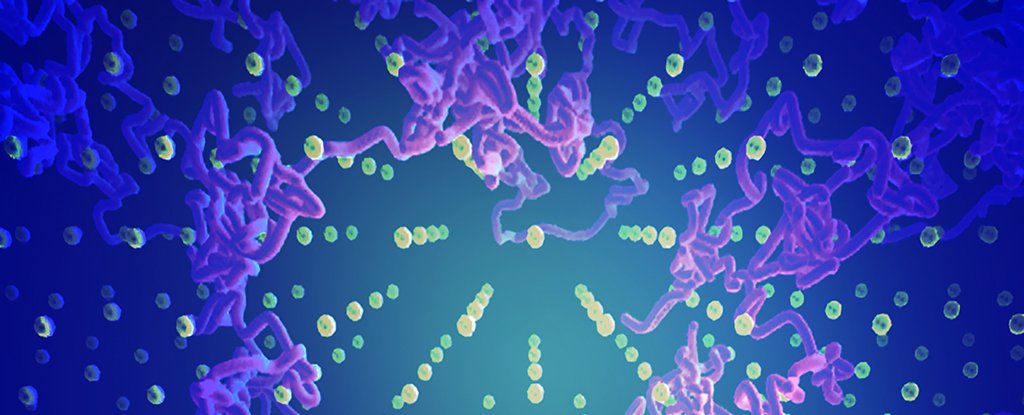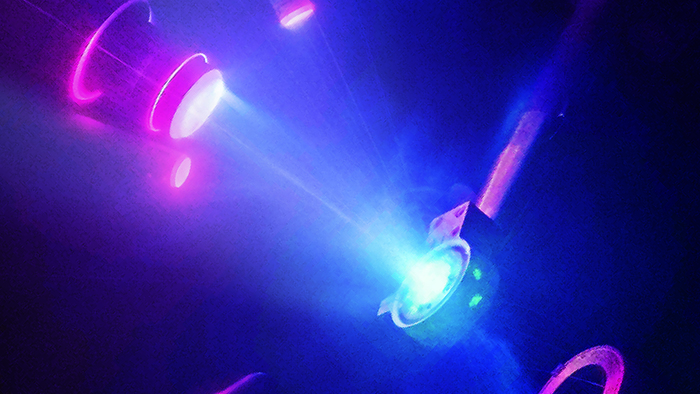“A really strange state of matter.”
Scientists think they’ve finally discovered a totally new type of water ice called superionic water, water that is simultaneously a solid and a liquid, potentially teaching us much more about this most versatile of substances and leading to the development of new materials.

The idea of superionic water has actually been around for several decades – it’s believed to exist inside the mantles of planets like Uranus and Neptune – but until now no one had managed to prove its existence in an experiment.
Step forward the team of researchers behind the new study, who were able to produce superionic water from a high-pressure type of ice and a series of powerful laser pulses.
That combination provided the kinds of temperatures and pressures we don’t get naturally here on Earth, giving us our first real glimpse of this mysterious water.
“These are very challenging experiments, so it was really exciting to see that we could learn so much from the data,” says one of the team, physicist Marius Millot from the Lawrence Livermore National Laboratory (LLNL) in California.
“Especially since we spent about two years making the measurements and two more years developing the methods to analyse the data.”
Water molecules are made from two hydrogen atoms connected to one oxygen atom in a V-shape. Weak forces between the molecules become more obvious as they cool, causing them to push apart when water freezes.
“That’s a really strange state of matter,” Millot told Kenneth Chang at The New York Times.
To begin with, pressure more than a million times that of Earth was exerted on water by passing it through two diamond layers and creating a special kind of ice called ice VII, which remains solid at room temperature.
At a separate laboratory, laser shock waves lasting 10-20 billionths of a second were then sent through the ice, resulting in conditions extreme enough to generate superionic water.
The initial pre-compression of the ice enabled researchers to push the ice to higher temperatures before everything vaporised.
 Laser-driven shock compressions completed the process.
Laser-driven shock compressions completed the process.
By capturing the optical appearance of the ice, scientists were able to determine that ions rather than electrons were moving around in the material, because of its opaque rather than shiny look.
Now we know that superionic ice actually exists, it could help explain the rather off-centre magnetic fields of Uranus and Neptune, a discrepancy that scientists have put down to shells of superionic ice inside their mantles.
It’s also another valuable example of how molecules act under extremes of temperature and pressure, and further down the line, we could even engineer new materials with specific properties by being able to manipulate how the molecules react.
“Driven by the increase in computing resources available, I feel we have reached a turning point,” says one of the researchers, physicist Sebastien Hamel from LLNL.
“We are now at a stage where a large enough number of these simulations can be run to map out large parts of the phase diagram of materials under extreme conditions in sufficient detail to effectively support experimental efforts.”
The research has been published in Nature Physics.

